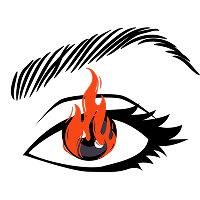mjslibrary started reading...

Oddbody
Rose Keating
mjslibrary started reading...

The Exorcist
William Peter Blatty
mjslibrary finished a book

Lucy Undying
Kiersten White
Post from the Lucy Undying forum
mjslibrary joined a quest
Sapphic Across Genres 🏳️🌈👩❤️👩💞
🏆 // 1750 joined
Not Joined



For when you're craving a good sapphic story, a collection of books that feature sapphic characters and/or a sapphic romance.
mjslibrary joined a quest
Feminine Rage 🐦🔥💣❤️🔥
💎 // 648 joined
Not Joined

Hell hath no fury like a woman scorned.
mjslibrary finished reading and left a rating...
mjslibrary finished a book

If on a Winter's Night a Traveller
Italo Calvino
mjslibrary finished a book

The Glutton
A.K. Blakemore
mjslibrary finished a book

Nothing but the Rain
Naomi Salman
mjslibrary finished a book

The Vegetarian
Han Kang
mjslibrary completed their yearly reading goal of 32 books!
mjslibrary's 2025 Reading Challenge







mjslibrary finished a book

Doppelganger: A Trip into the Mirror World
Naomi Klein
mjslibrary finished a book

Bright Young Women
Jessica Knoll
mjslibrary finished a book

Serpentine Valentine
Giana Darling
mjslibrary started reading...

Serpentine Valentine
Giana Darling
mjslibrary finished a book

The New Seoul Park Jelly Massacre
Cho yeeun








